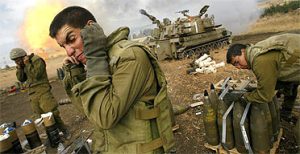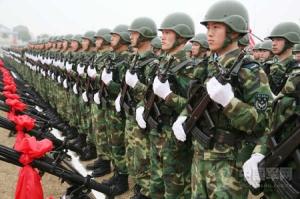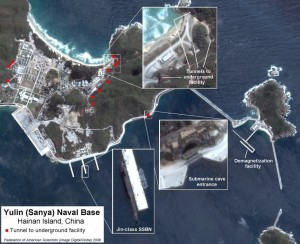
Israeli soldiers cover their ears as an artillery unit fires shells towards southern Lebanon. Image: AP
Today’s Washington Post reports on the effect the 2006 Lebanon War between Israel and Hezbollah having generated a heated debate within the Pentagon on how the United States should fight its future wars.
An excerpt from the article:
A big reason that the 34-day war is drawing such fevered attention is that it highlights a rift among military leaders: Some want to change the U.S. military so that it is better prepared for wars like the ones it is fighting in Iraq and Afghanistan, while others worry that such a shift would leave the United States vulnerable to a more conventional foe.
“The Lebanon war has become a bellwether,” said Stephen Biddle, a senior fellow at the Council on Foreign Relations who has advised Gen. David H. Petraeus, head of the U.S. Central Command. “If you are opposed to transforming the military to fight low-intensity wars, it is your bloody sheet. It’s discussed in almost coded communication to indicate which side of the argument you are on.”
U.S. military experts were stunned by the destruction that Hezbollah forces, using sophisticated antitank guided missiles, were able to wreak on Israeli armor columns. Unlike the guerrilla forces in Iraq and Afghanistan, who employed mostly hit-and-run tactics, the Hezbollah fighters held their ground against Israeli forces in battles that stretched as long as 12 hours. They were able to eavesdrop on Israeli communications and even struck an Israeli ship with a cruise missile.
The article cites a study on the war published by the Combat Studies Institute of the United States Combined Arms Center.
That 2007 study is titled We Were Caught Unprepared: The 2006 Hezbollah-Israeli War which was written by CSI historian Matt Matthews.
Matthews’s historical analysis of the war includes an examination of IDF [Israeli Defense Force] and Hezbollah doctrine prior to the war, as well as an overview of the operational and tactical problems encountered by the IDF during the war.
The study found “after years of counterinsurgency (COIN) operations in the Gaza Strip and West Bank territories, IDF ground forces were tactically unprepared and untrained to fight against a determined Hezbollah force that conducted what was, in many ways, a conventional, fixed-position defense.”
On the relevance of conventional warfare, Matthews states:
For six years, the IDF conducted a counterinsurgency campaign against the Palestinians and developed a doctrine rooted in EBO and high-tech wizardry. However, in the summer of 2006, when confronted by a conventional war with Hezbollah, the Israeli military proved incapable of defeating a minor adversary. Although research and analysis of this recent conflict are still ongoing, the emerging details of ill-conceived doctrine and an army marred by long years of counterinsurgency operations still yield valid and important lessons for today’s US Army officers.
This debate will surely intensify as combat operations shift to the Afghanistan campaign and how that war will develop with inevitable future conflicts on the horizon.




